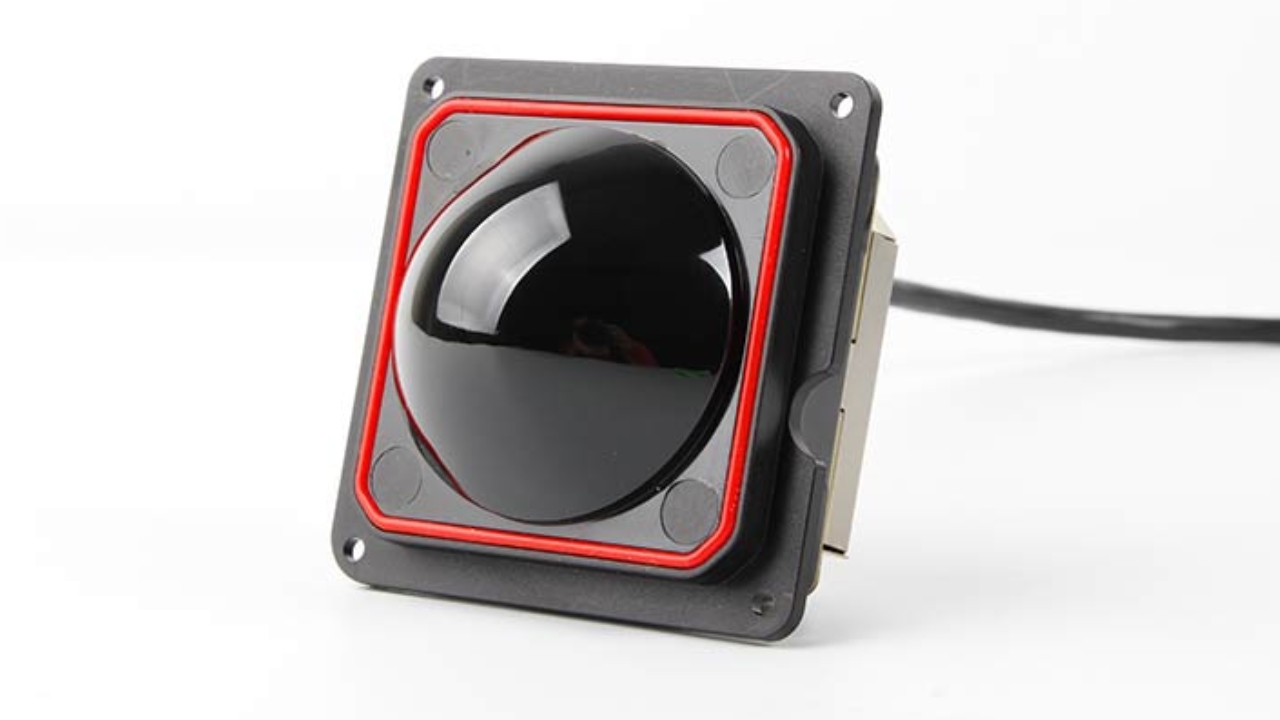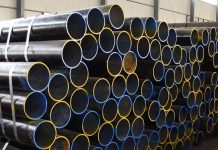A level sensor meter is a crucial instrument used in various industries to precisely measure and monitor the levels of liquids, powders, or granular materials in tanks, silos, or containers. This technology plays a vital role in ensuring efficient and safe processes across sectors such as manufacturing, chemical processing, water treatment, and more.
Designed to provide accurate and real-time data, level sensor meters employ various technologies, including ultrasonic, radar, capacitive, or float-based mechanisms, depending on the specific application requirements. These sensors enable operators to monitor inventory levels, prevent overflows or shortages, and optimize production processes.
The versatility of level sensor meters allows for their deployment in diverse environments, from industrial settings to agricultural applications. The level sensor meter is a critical component that enhances operational efficiency, minimizes downtime and contributes to the overall safety and reliability of processes where accurate level measurement is paramount.
Specifications of Level Sensor Meter
Level sensor meters are critical instruments used to measure and monitor the levels of liquids, powders, or granular materials in various industrial applications. When selecting a level sensor meter for a specific use case, it’s essential to consider several key specifications to ensure optimal performance and reliability. Here are some important specifications to evaluate:
Measurement Technology
Level sensor meters employ various measurement technologies, each suited to different applications. Common technologies include ultrasonic, radar, capacitive, guided wave radar, and float-based mechanisms. Ultrasonic sensors use sound waves to measure the distance to the material’s surface, radar sensors use radio waves, capacitive sensors rely on changes in capacitance, and guided wave radar provides accurate measurements in challenging conditions.
Measuring Range
The measuring range of a level sensor meter refers to the distance between the sensor and the material surface that it can effectively measure. It is crucial to choose a sensor with a measuring range suitable for the specific application. Whether the requirement is for a short-range sensor for small tanks or a long-range sensor for large storage containers, selecting the appropriate measuring range ensures accurate and reliable level measurements.
Accuracy and Resolution
Accuracy is a critical specification that indicates how closely the level sensor meter can measure the true level of the material in the tank. Accuracy is typically expressed as a percentage of the full-scale range. A high-accuracy sensor is essential in applications where precise measurements are critical. Resolution, on the other hand, refers to the smallest change in level that the sensor can detect. A higher resolution allows for more detailed monitoring of changes in the material level.
Material Compatibility
Consider the compatibility of the level sensor meter with the material being measured. Different sensors are designed to work with specific materials, and factors such as chemical composition, viscosity, and conductivity can influence sensor selection. Additionally, assess the environmental conditions in which the sensor will operate, including temperature extremes, humidity, and the presence of corrosive substances. Choosing a sensor with the appropriate material compatibility and environmental specifications ensures long-term reliability and performance.
Output Signal and Communication Protocols
Level sensor meters provide output signals that convey the measured level information. Common output signals include analog signals (4-20 mA or 0-10 V), digital signals, or relay outputs. The choice of output signal depends on the communication requirements of the control or monitoring system. Additionally, consider communication protocols supported by the sensor, such as Modbus or HART, to ensure compatibility with existing industrial automation systems. The ability to integrate seamlessly with control systems enhances the sensor’s functionality and facilitates data integration into broader industrial networks.
Sum Up
Selecting a level sensor meter involves a thorough assessment of specifications to ensure it aligns with the unique requirements of the application. Evaluate the installation and mounting options offered by the level sensor meter. Different sensors may be designed for top mounting, side mounting, or external mounting on the tank or vessel. The installation method can impact the sensor’s performance and ease of maintenance. Additionally, consider whether the sensor requires any special calibration procedures during installation.









